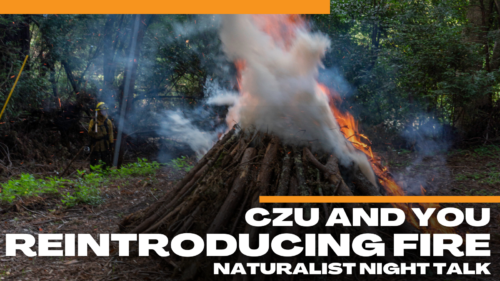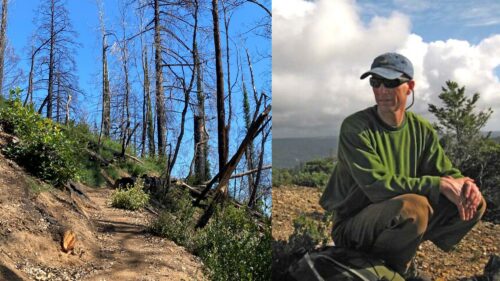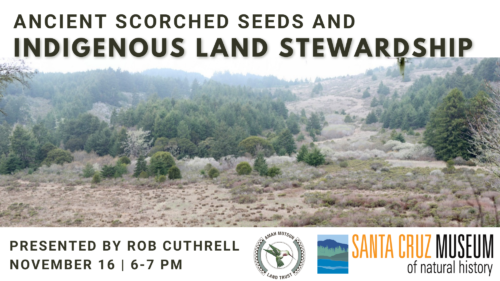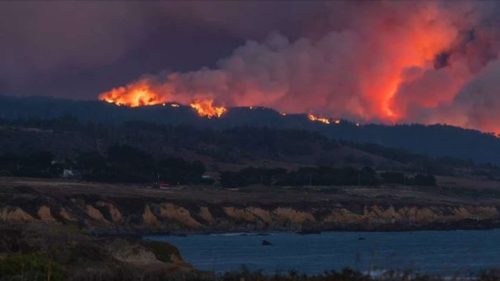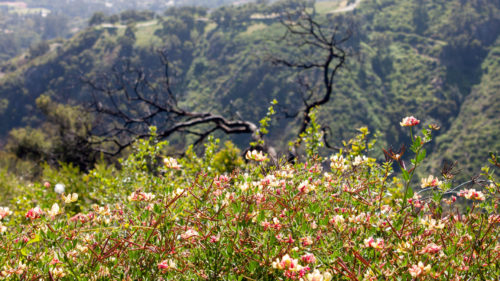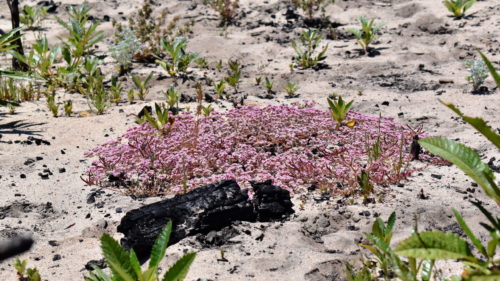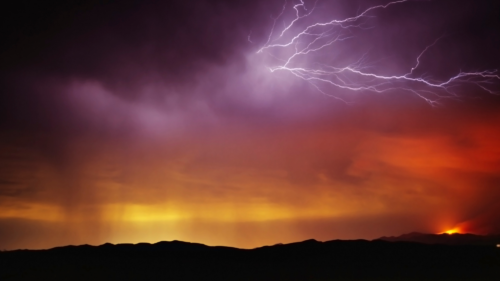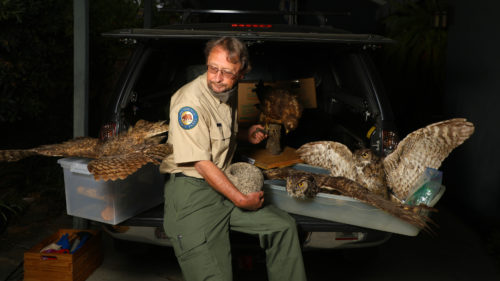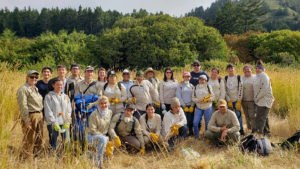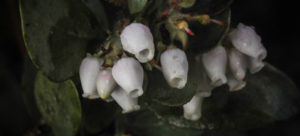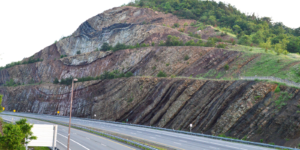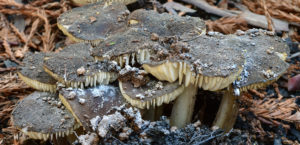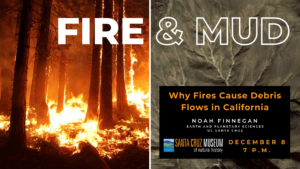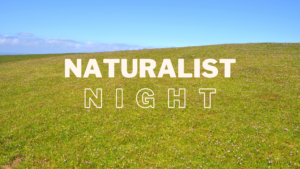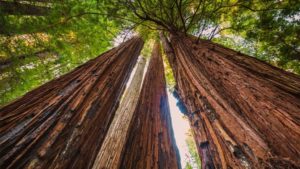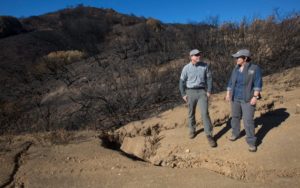Explore these resources developed by the Museum for understanding fire ecology in Santa Cruz County and learning about the impacts of the CZU Lightning Complex. Contribute to our understanding by joining the CZU Lightning Complex and Community Science Project.
UPCOMING EVENTS
COMMUNITY SCIENCE RESOURCES
- Use the California Native Plant Society’s Know Before You Go guide before entering a burned area to make observations
- California Native Plant Society’s Fire Followers Project
- Rare Plants Resources
- Wildflowers After Wildfire from the Sempervirens Fund
- Getting started with iNaturalist guide
- How to make an observation on iNaturalist video
PAST RECORDINGS AND ARTICLES
- Naturalist Night: Reintroducing Fire (watch recording)Fire is a natural part of the California landscape and plays an integral role in our local ecology. For millennia, Indigenous communities have stewarded the land with fire, but centuries of fire suppression, periods of … Read more
- A Landscape Built to Burn with Tim Hyland, California State ParksFire is a critical aspect of California ecology. This talk from Tim Hyland, Natural Resource Program Manager for the Santa Cruz District of California State Parks, will discuss fire ecology in California in general, local … Read more
- Ancient Scorched Seeds and Indigenous Land Stewardship with Rob CuthrellArchaeologists can analyze charred seeds and other plant remains to learn about relationships between people and the natural world deep into the past. This talk will describe how a collaborative research project between Amah Mutsun … Read more
- The Impact of Social Science After FireAn Opportunity for Fire Survivors to Have Their Voices Heard From residents to researchers, our community has put in countless hours recovering from the CZU Lightning Complex fires of August 2020. In addition to physical … Read more
- Hiking With A Purpose: Post-fire community science with Josie LesageAfter fire, ecosystems can experience many changes. There can be increased risk of erosion and novel species can invade new areas, but fire can also reveal plants that have been waiting years for this natural … Read more
- Fire and the Bonny Doon Ecological Reserve with Dr. Jodi McGrawMany of our native plants in the Santa Cruz Mountains are fire adapted, from the familiar coast redwood (Sequoia sempervirens) to the extremely rare Santa Cruz cypress (Hesperocyparis abramsiana) and Santa Cruz wallflower (Erysimum teretifolium). … Read more
- A Striking August: Lightning and Wildfires with Chris GiesigeIn August 2020, Northern California was ignited by a series of 650 wildfires spurred by dry lightning from rare, massive summer thunderstorms. Today, all of California is experiencing drought conditions and fire season is well … Read more
- Collections Close-Up: Preserving Cultural History After Fire with California State ParksMany had to evacuate the Santa Cruz Mountains during the CZU Lightning Complex fires of August, 2020, including museums, visitor centers, and cultural heritage sites managed by California State Parks. Jenny Daly, museum curator for the Santa … Read more
- Amah Mutsun Fire RelationshipsFire is many things to the Amah Mutsun and other California Indian Tribes — it is sacred, it is a tool gifted by Creator, and it is a way to restore balance to Mother Earth. … Read more
- Coast Redwoods and Fire with Zane MooreThe CZU Lightning Complex fires burned roughly 80% of the old growth redwood forests in the Santa Cruz Mountains, notably including Big Basin, the largest contiguous stand of old growth redwoods south of Humboldt County. While … Read more
- Rare Plants and Community Science in the CZU Burn Zone with Amy PattenThe area impacted by the CZU Lightning Complex Fires hosts a slew of rare plants. As we enter spring, the season of new growth, botanists will be paying close attention to these rare plants, but … Read more
- New Perspectives on the Past Through Freshly Exposed RocksIn this edition of Rock Record, the Geology Gents unearth a few key examples of how newly exposed outcrops have led to important geological insights, as well as some geologic exploration into freshly exposed rock … Read more
- Long-term lessons: Perspectives on three years of mushroom monitoring in the Santa Cruz Mountains with Christian SchwarzAs mushroom hunters, we enjoy traveling far and wide, bouncing from place to place and following the rains to stay with the season. But what happens when we focus on revisiting the same small areas … Read more
- Fire and Mud: Why Fires Cause Debris Flows in California with Noah FinneganGeomorphologist Noah Finnegan provides an overview of the science linking wildfires and debris flows in California, including lessons learned from the 2009 Lockheed Fire in the Santa Cruz mountains. Particular emphasis is paid to how … Read more
- Naturalist Night: Coastal PrairiesCalifornia’s Coastal Prairies are a rare and incredibly biodiverse habitat found in Santa Cruz, and the most species-rich grassland type in North America. Despite its rarity and species-richness, this is a habitat-type at risk of … Read more
- Naturalist Night: Redwood ForestRedwoods are the tallest trees on earth, with lifespans that reach into the thousands, but their range is relatively small. A combination of longitude, climate, and elevation limit where they grow to a few hundred … Read more
- Rockin’ Pop-Up: Impacts of Fire on Geologic LandscapesThis month, the Geology Gents are joined by their colleague Alandra Lopez, a Ph.D. candidate in the Earth System Science Department at Stanford University who will discuss the impacts of fire on geologic systems, as … Read more

